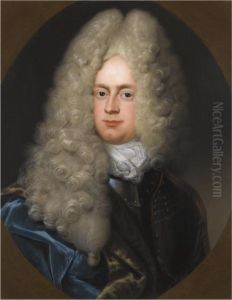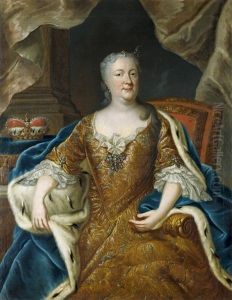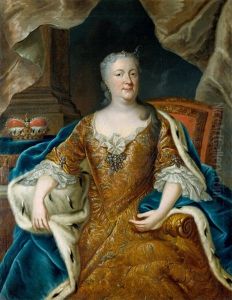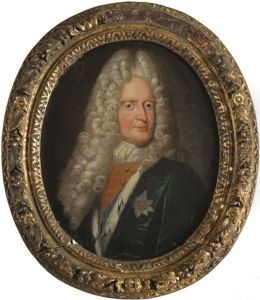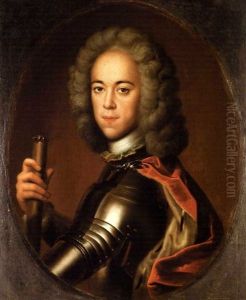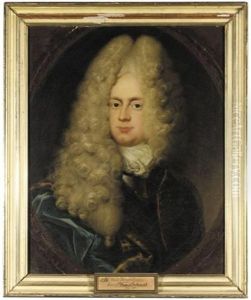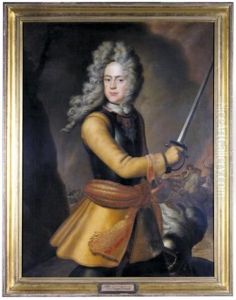Bernhard Christoph Francke Paintings
Bernhard Christoph Francke, also known as Bernhard Francke, was a German painter who was born in 1637 in the town of Mayen, near Coblenz (now Koblenz), in the Electorate of Trier. He is often confused with his contemporary, Balthasar Denner, due to the similarities in their painting styles, especially in their portraits, and because both their initials are 'B.F.'
Francke's early life and training are not well-documented, but it is believed that he traveled to the Netherlands and was influenced by the Dutch masters, which was a common practice among German artists of the time. His work reflects the Baroque style, which was prevalent in European art during the 17th century, characterized by dramatic expression, rich coloration, and a focus on contrasts of light and shadow.
By 1674, Francke had become a court painter for the Duke of Saxe-Meiningen, which was a significant position that allowed him to work for other notable patrons. His portraits reveal a meticulous attention to detail and a strong capacity to capture the psychological depth of his subjects. Francke was particularly adept at rendering textures of fabrics and materials, as well as the subtleties of facial expressions.
Despite his success as a portraitist, there is little information about Francke's personal life, and his oeuvre has been somewhat overshadowed by other artists of the era. After his time as a court painter, records suggest that he continued to work and live in the region until his death in 1717.
Bernhard Christoph Francke's legacy is preserved in several European art collections, including museums in Germany. His portraits are valuable for their historical significance as well as their artistic merit, offering insight into the representation of the societal elite during the Baroque period in Germany. While not as widely recognized as some of his contemporaries, Francke's work remains an important part of the study of 17th-century German painting.
